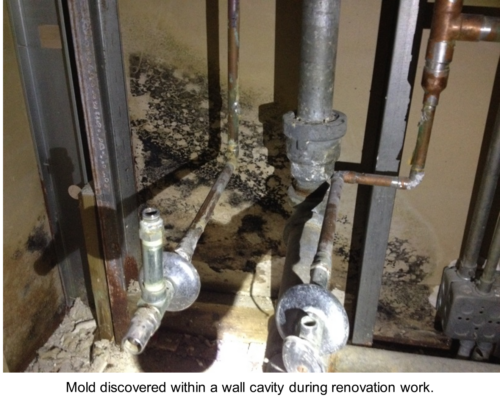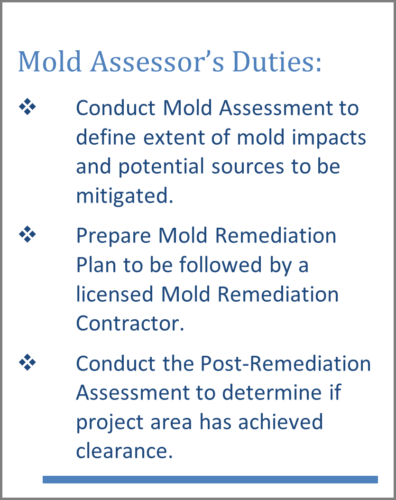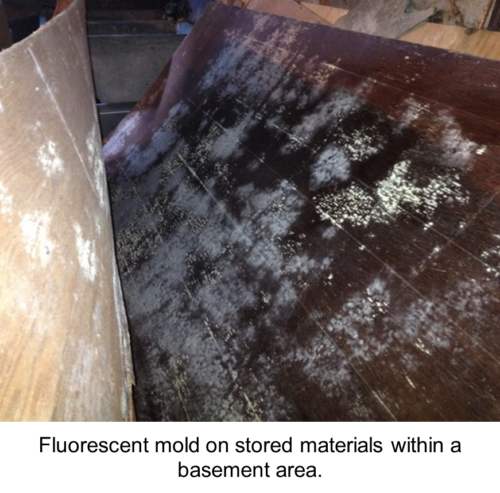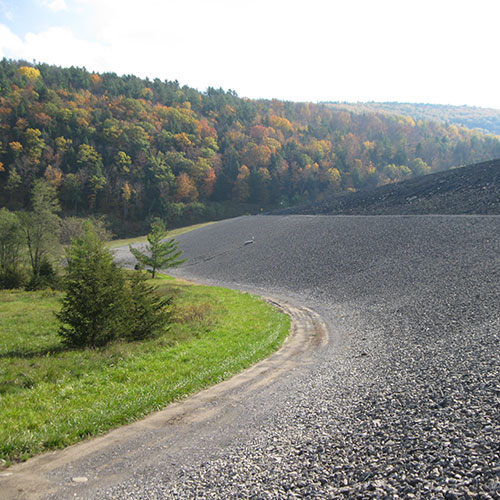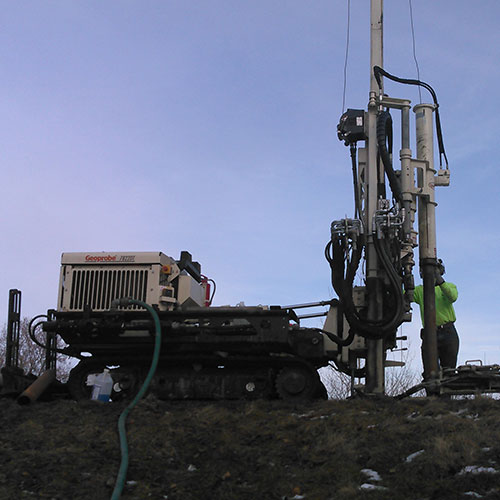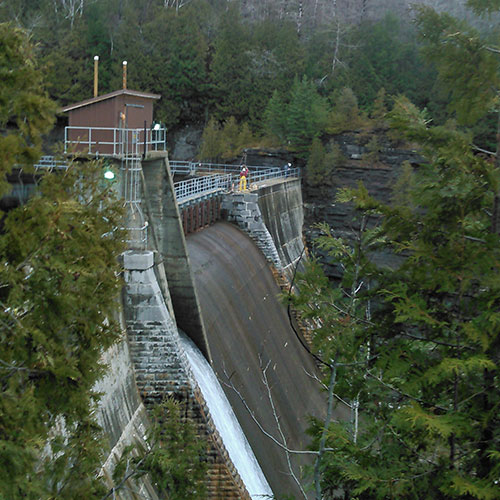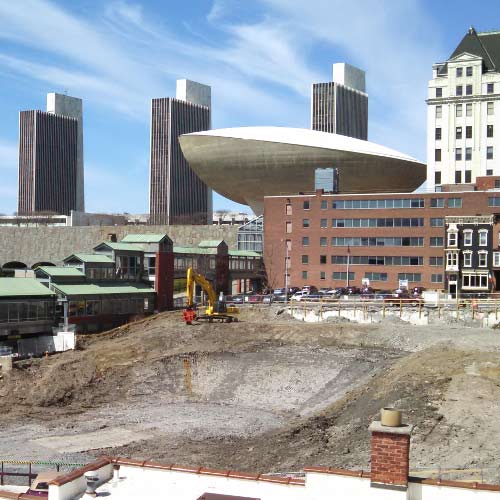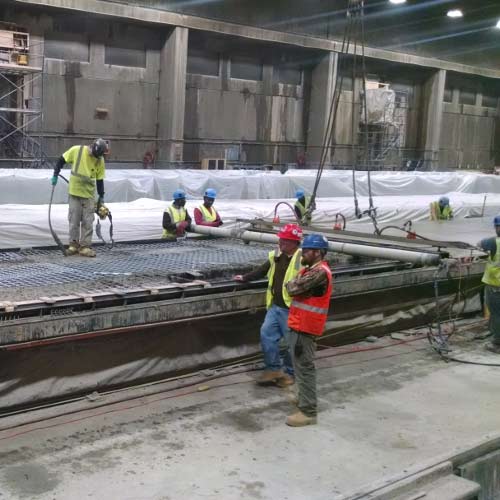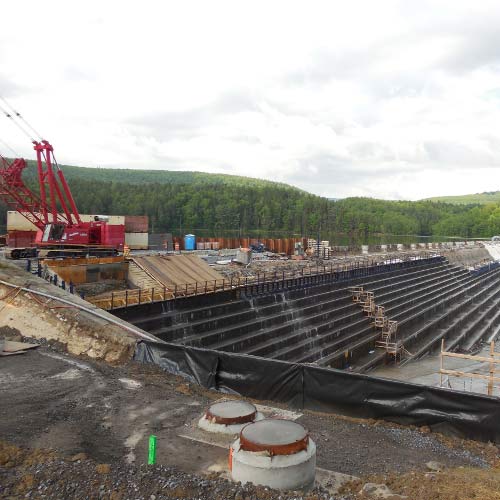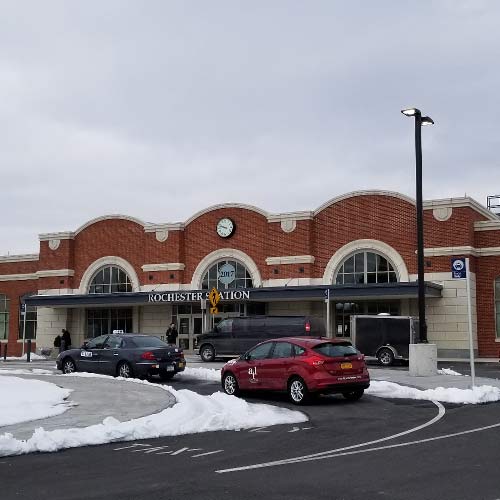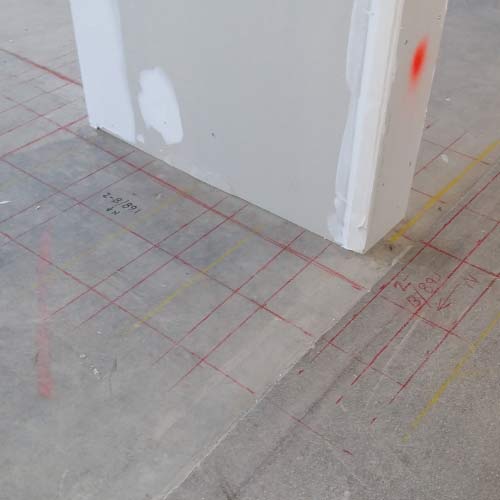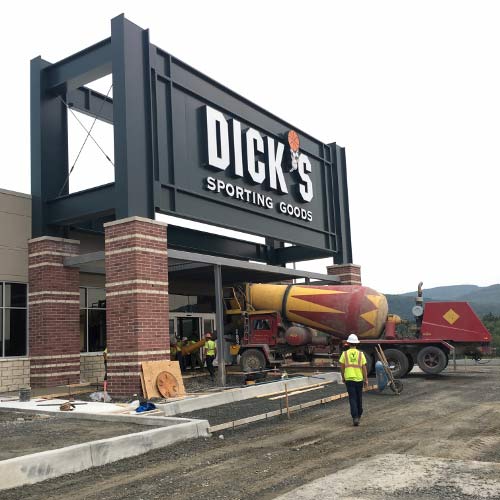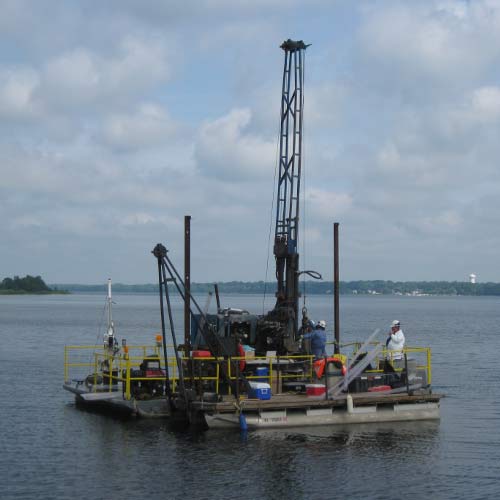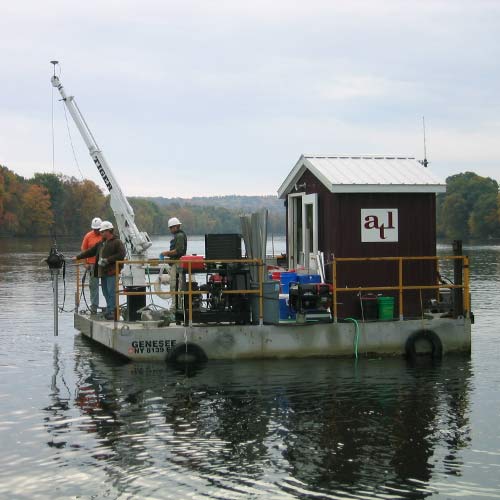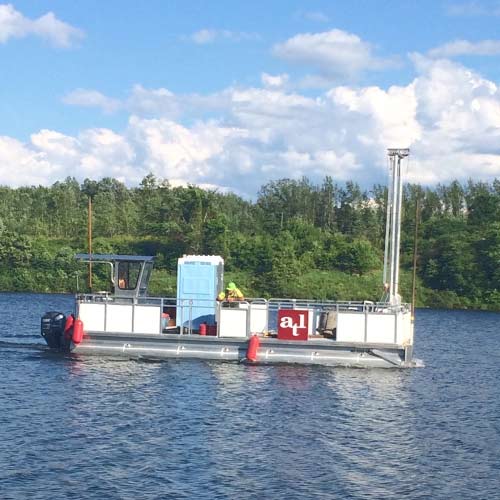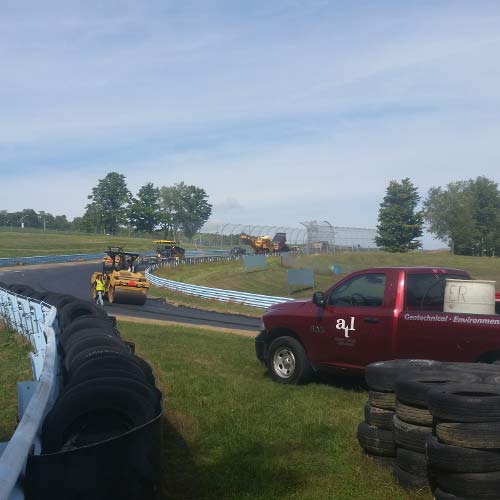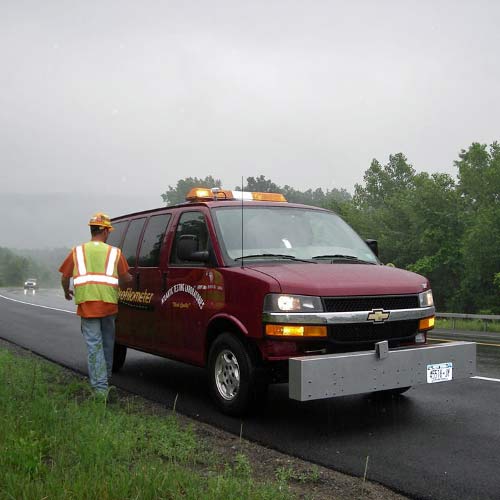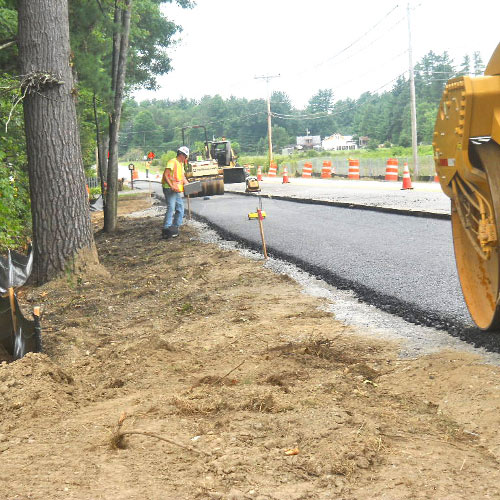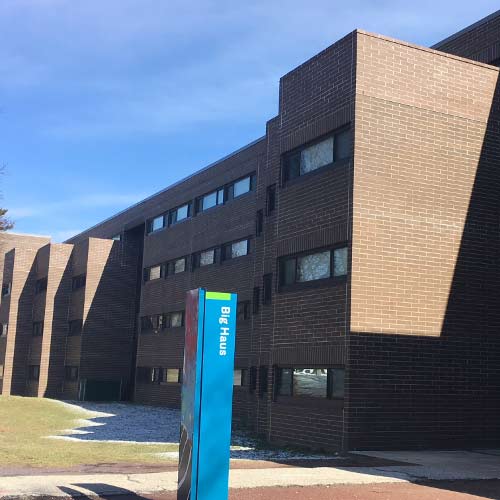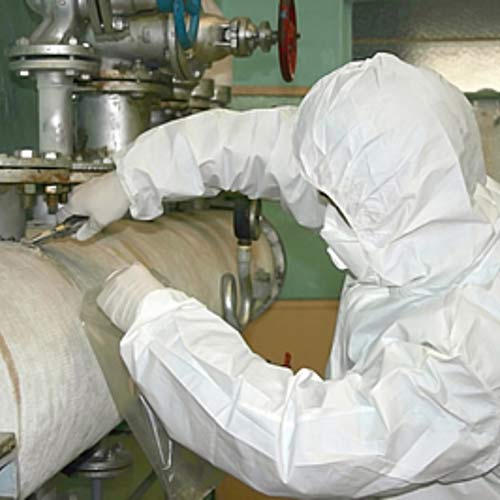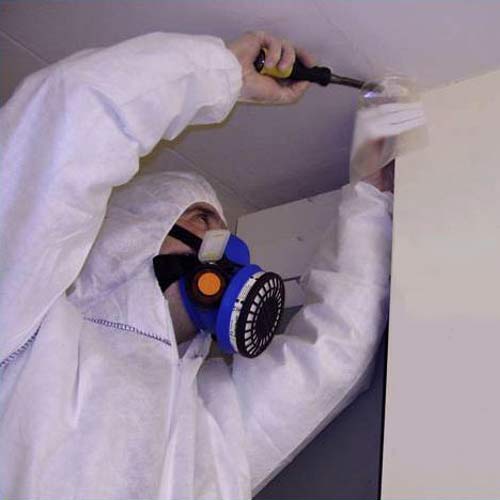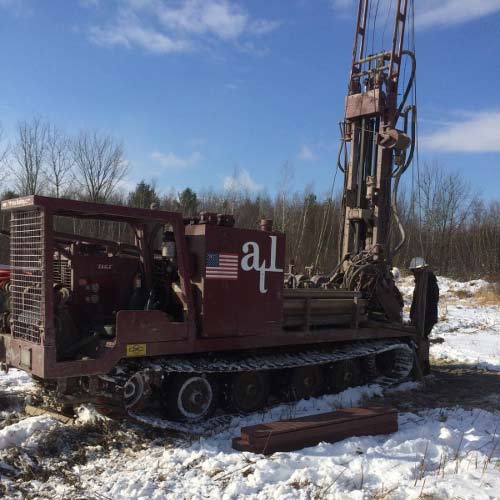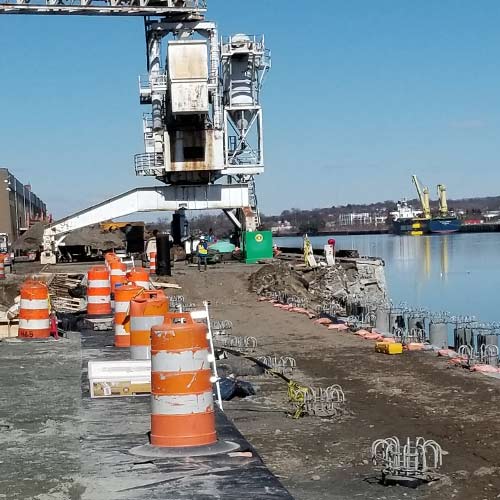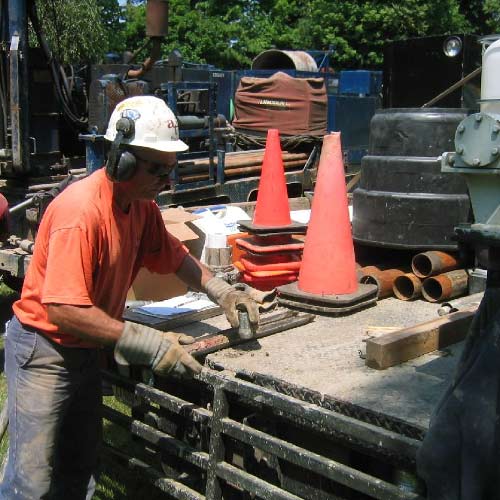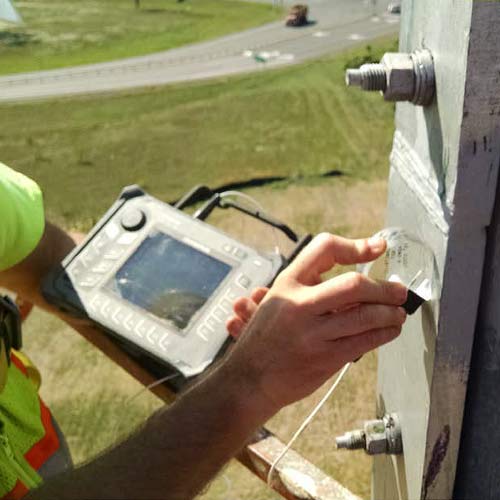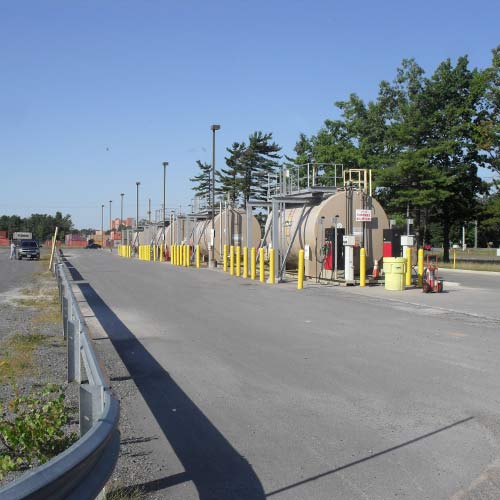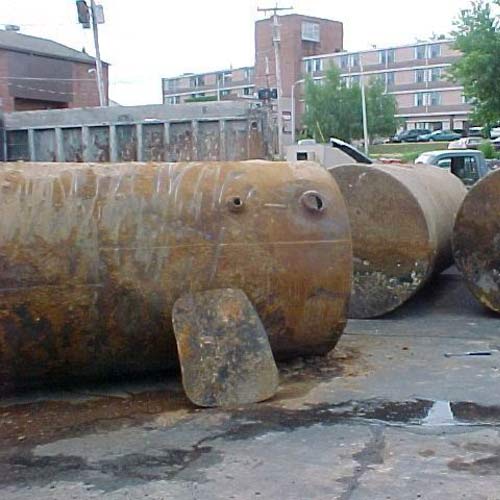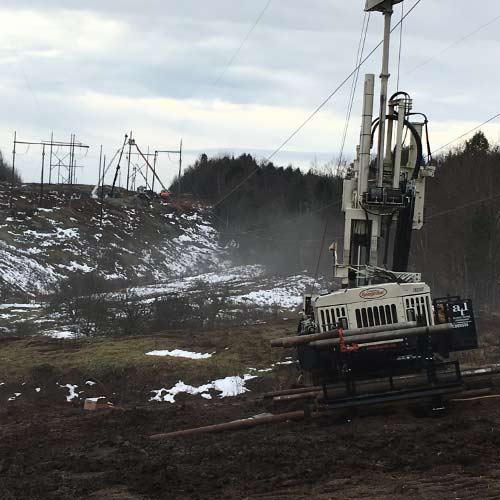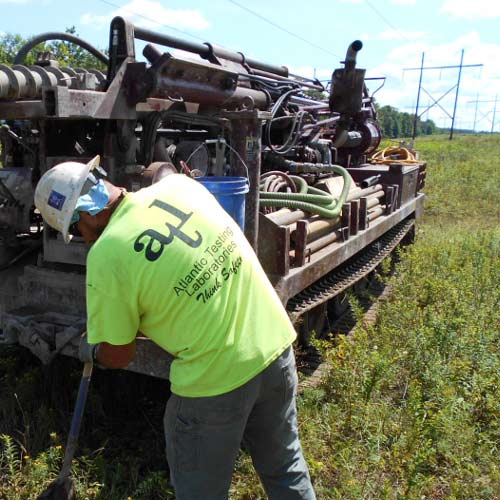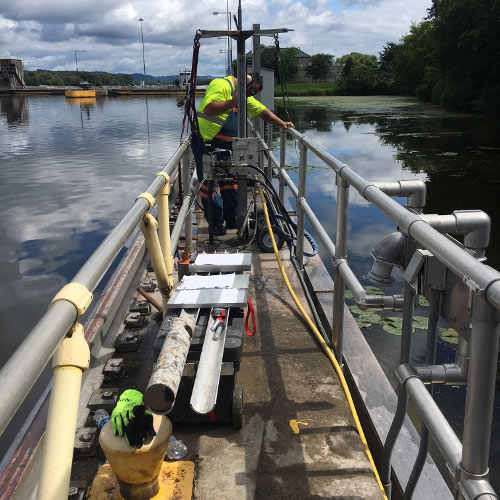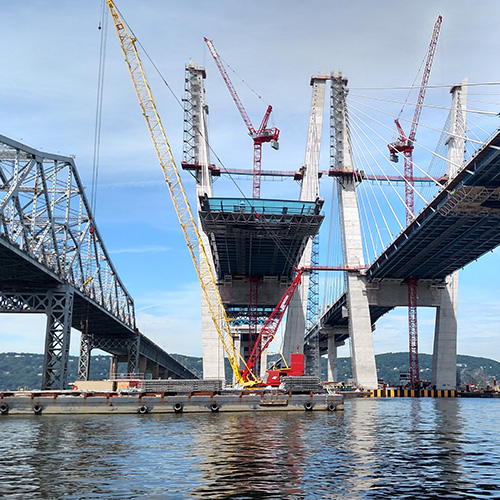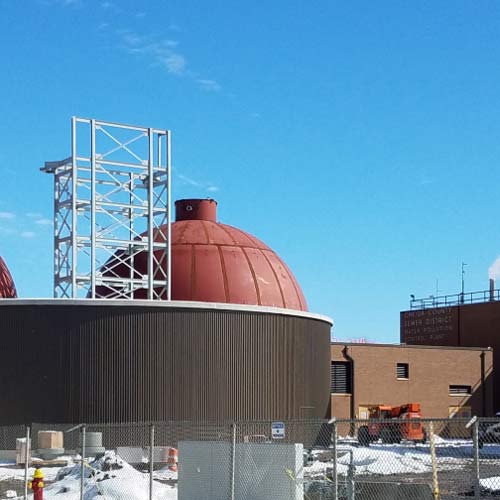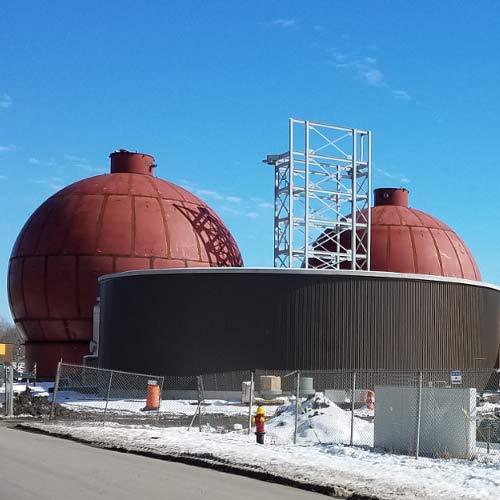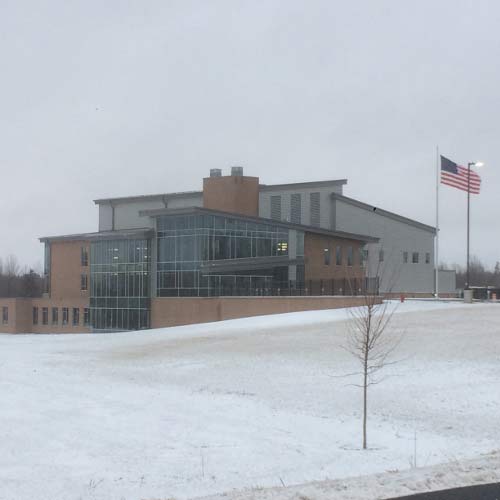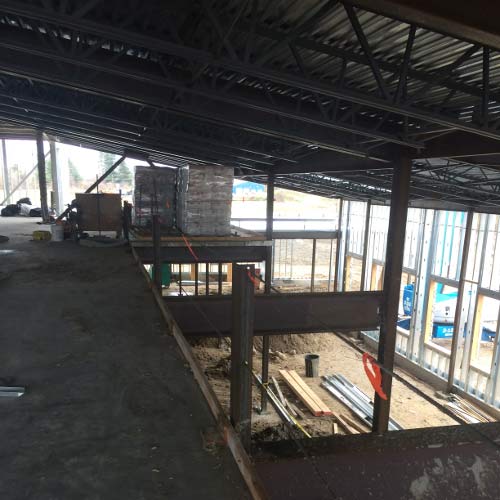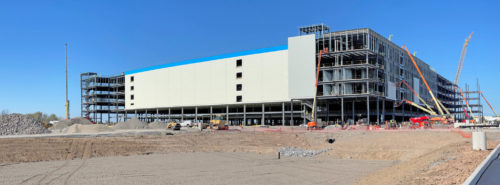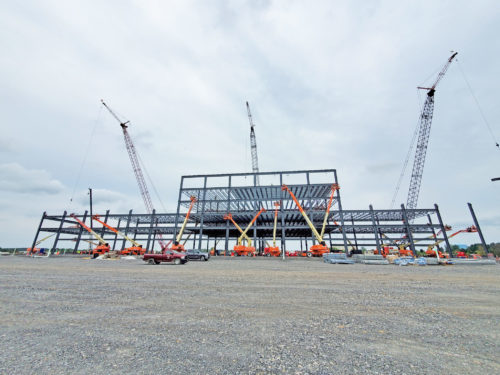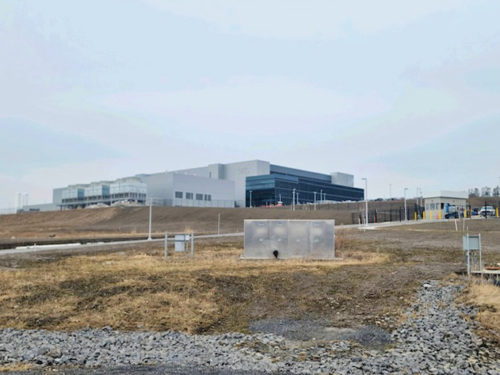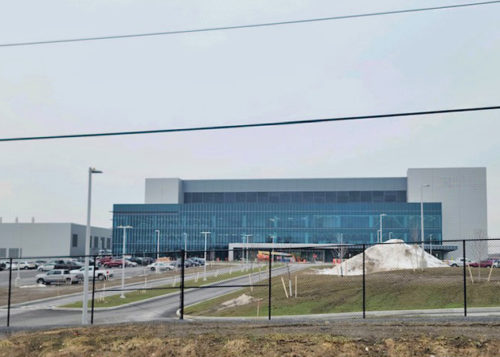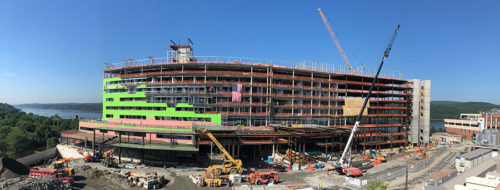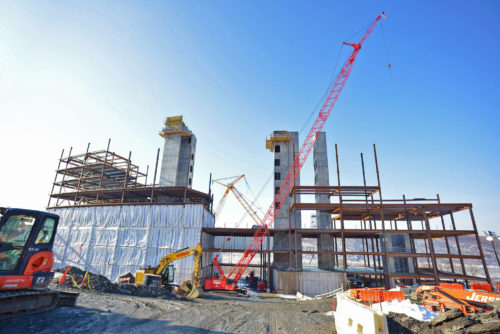Click the following link to view the PDF of this paper: Mold Assessment and Remediation in New York State
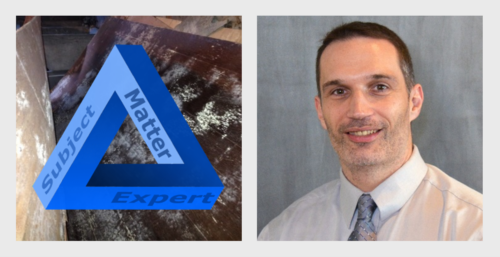
Cheyenne J. Dashnaw, PE
Senior Engineer
Atlantic Testing Laboratories
Mold is a multi-cellular fungi growth that thrives in moist environments where organic matter is readily available. When excessive moisture accumulates within buildings or on building materials, mold growth will occur, particularly if moisture problems remain unresolved. Conditions leading to mold impacts include roof and pipe leaks, flooding, pipe condensation, and poor ventilation. Common building locations where mold growth may be found include basements, attics, pipe chases, and wall cavities.
Certain types of mold are capable of generating and releasing mycotoxins that can cause pulmonary, respiratory, neurological, or other ailments. Due to these health concerns, mold is a significant issue when discovered in school, healthcare, and commercial settings, as well as other types of buildings and facilities.
In July 2015, the New York State Department of Labor (NYSDOL) mold legislation was established. Article 32 of the New York State (NYS) Labor Law defines the “Licensing of Mold Inspection, Assessment and Remediation Specialists and Minimum Work Standards” for Mold Projects. Licenses required through this legislation include Mold Assessor, Mold Remediation Contractor, and Mold Abatement Worker. Each of these three roles is vital to successful competition of a “Mold Project.”
A “Mold Project”, as defined by Article 32 of the NYS Labor Law, is “a mold remediation, mold assessment, or mold abatement of areas greater than ten square feet, but does not include (a) routine cleaning or (b) construction, maintenance, repair, or demolition of buildings, structures, or fixtures undertaken for purposes other than mold remediation or abatement.”
When mold is identified within a building by the owner, contractor, architect, or engineer, the first step is having a licensed Mold Assessor conduct a Mold Assessment. During the Mold Assessment, the Assessor will determine the rooms, areas, and building materials impacted, size and/or quantity estimate of impacted material, and potential source of moisture that may be causing mold growth. Dependent on the situation, air and/or surface samples for laboratory analysis may be collected to confirm the presence and type of mold spores.
Based on the information and data collected from the Mold Assessment, the Mold Assessor will prepare a Mold Remediation Plan. This plan is a guide for the Mold Remediation Contractor to develop the Mold Remediation Work Plan.
For a remediation project to achieve clearance, the Mold Assessor must conduct a Post-Remediation Assessment. The Post-Remediation Assessment confirms that visible mold does not remain in the work area and that work has been completed in compliance with the Mold Remediation Plan. Additionally, work area clearance shall satisfy other criteria that may be described within the Mold Remediation Plan, such as air or surface sampling for laboratory analysis. After clearance is achieved, the Mold Assessor provides a clearance report for the remediation work area.
If you have a project that encounters mold or requires mold remediation, ATL, a WBE certified company, has numerous NYSDOL licensed Mold Assessors, located strategically throughout New York State, to perform mold assessment, remediation plan preparation, and post-remediation assessment.
For more information, contact Cheyenne Dashnaw, PE at 315-386-4578, info@atlantictesting.com, or AtlanticTesting.com.
|
ASSOCIATED SERVICES Hazardous Materials Building Survey |
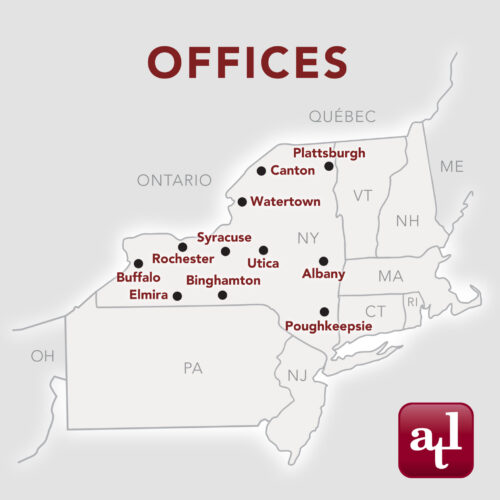 |

